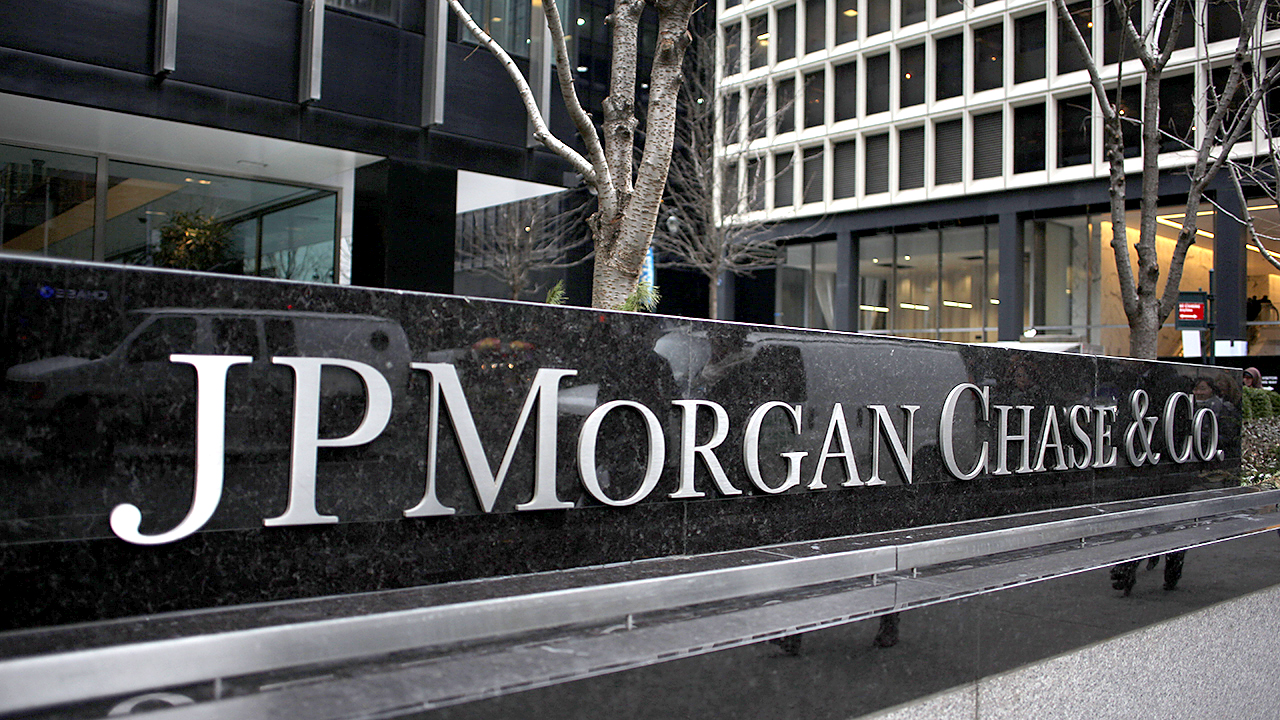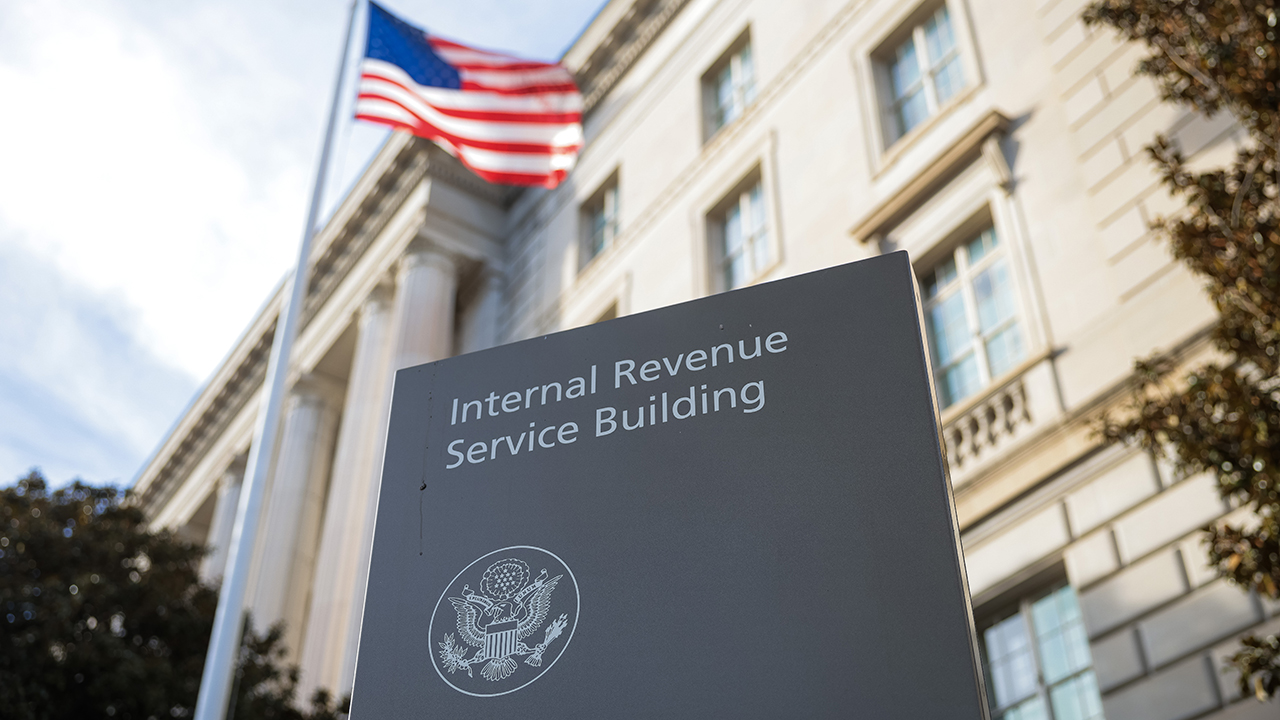The Future of Digital Payments: Trends and Innovations


In just a few short years, the world of payments has undergone a remarkable transformation. Once defined by cash transactions and plastic cards, the industry has evolved into a dynamic, tech-driven space where speed, security, and simplicity are now expected as standard. As digital commerce accelerates, so too does the innovation shaping how we move money—and how we expect to in the near future.
Central to this transformation is the rise of smarter, more secure payment systems. Businesses across every sector are integrating payment gateway solutions that ensure transactions are fast, seamless, and protected by advanced encryption and fraud detection technology. Unlike legacy systems that often required manual oversight and came with inherent delays, these modern solutions operate silently in the background, facilitating billions of digital transactions every day with remarkable efficiency.
It’s no surprise then that contactless payments and mobile wallets have surged in popularity. Consumers have grown accustomed to the ease of tapping a card or smartphone instead of fumbling for cash. Services like Apple Pay, Google Wallet, and Samsung Pay have made it easier than ever to make a purchase with just a wave or a click. This behavioral shift accelerated during the pandemic, when health concerns drove consumers toward low-contact alternatives—and once habits changed, many never looked back. The use of tokenization, which masks sensitive card information, adds an extra layer of protection, further driving adoption.
Another innovation influencing digital payments is the rise of cryptocurrencies. Digital assets like Bitcoin and Ethereum have brought new ideas—and questions—about what the future of money might look like. While crypto payments remain a niche option for most, some brands have embraced them as a way to experiment with decentralized finance. The volatile nature of cryptocurrency values poses a significant challenge to widespread adoption, but the underlying blockchain technology presents real opportunities for low-cost, cross-border transactions. As regulatory landscapes evolve, it’s likely we’ll see crypto become a more accepted part of the payment ecosystem, particularly in global e-commerce and remittances.
Meanwhile, real-time payment systems are reshaping expectations around speed and availability. Gone are the days of waiting for a transaction to “clear.” Innovations like the US Real-Time Payments (RTP) network and Europe’s SEPA Instant have made it possible to move funds between bank accounts instantly—24 hours a day, 7 days a week. For freelancers, gig workers, and small business owners, this means getting paid immediately after a job is done, improving both convenience and cash flow. As more financial institutions implement real-time capabilities, the concept of delayed payments may soon become obsolete.
Digital payments are now deeply embedded in our daily routines, from tapping a phone on the morning coffee run to splitting dinner bills via an app. But the shift goes far beyond consumer convenience—it’s a fundamental change to how global economies function. Businesses that don’t adapt to this new landscape risk being left behind, while those that embrace digital innovation stand to gain not just efficiency, but customer loyalty and trust.
Looking ahead, the question isn’t whether digital payments will continue to evolve—it’s how fast, and in what direction. Whether through AI-powered fraud detection, blockchain-enabled transparency, or smart devices that pay for us automatically, the future of money is unfolding now. And as technology continues to blur the lines between physical and digital, what once felt like science fiction is becoming the new standard.
The post The Future of Digital Payments: Trends and Innovations appeared first on European Business & Finance Magazine.
















































